I can’t believe I’m really doing this! I’m about to leave for Spain to walk the famed Camino de Santiago pilgrimage route across the north of Spain. I’ll be walking as a “pilgrim” over 237 miles for an estimated 18-20 days. My journey will end in the town of Santiago de Compostela.
Like the countless Camino pilgrims (“peregrinos” in Spanish) who have gone before me, this is definitely a big adventure! I will start in Sahagun on Sept. 16th and walk the 2nd half of the popular Camino Francés route. I will be a “typical” pilgrim – walking alone with everything I need stuffed into my medium-sized backpack, staying in pilgrim hostels at night.
The Movie “The Way”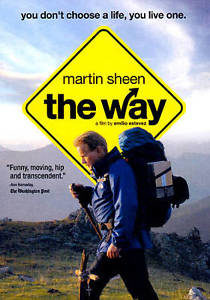
Like me, you may have seen the movie “The Way” with Martin Sheen (back in 2011) in which he walks all of the 500-mile Camino de Santiago. Even though it’s a fictional Hollywood-generated movie, it is filmed entirely on the Camino Francés route (with stunningly beautiful scenery) and helped give me a beginning sense of what the Camino is all about.
In fact, this is how I broke the news to my still spunky 91-year old mother in July when I visited her. I brought a DVD of “The Way” with me so we could watch it together. After the movie ended, I said “Guess what, Mom. I’m also going to walk the Camino – this September! But, I’m “only” walking the last 200 miles!”
This Post is FAQ Time – for My Camino Frequently Asked Questions
Understandably, Mom had a lot of questions about my walking the Camino – just like all of my friends. And they were the exact same questions I had when I started thinking about doing this. In this post, I will be sharing answers to the commonly-asked questions of Pilgrims-to-be.
First, I want to give special thanks to my good friend DJ King who just returned from walking the full Camino and gave me incredibly helpful and the most up-to-date information. I also pulled a lot of good info for this post from two of the main resource guidebooks for Camino pilgrims – listed at the bottom.
————————————————————————————————-
What Exactly is the Camino de Santiago?
The Camino de Santiago or the “Way of St. James” is a medieval Christian pilgrimage route. For almost a thousand years, it brought pilgrims from all corners of Europe who traveled across the northern part of Spain to the city of Santiago de Compostela. This is because Santiago’s cathedral is believed by many to be the final resting place of St. James, the Apostle!
In the last 30 years, the Camino Francés (or “French Way”) has become very popular with walkers. Shirley MacLaine did the Camino in 1994 at age 60. In 2001, she wrote a best-selling book – “The Camino: A Journey of the Spirit” – about her experiences (which I will admit are very interesting but a bit out there!)
Because of its historical and spiritual significance, the Camino de Santiago became a UNESCO World Heritage site in 1993. During the past 10 years, the numbers of pilgrims walking the Camino have increased tenfold! Today’s pilgrims walk for a myriad of reasons – religious, spiritual renewal, physical, in honor of a loved one, desire for clarity or life transformational experience, etc., etc!
What is the Camino Francés?
The Camino Francés is the most popular Camino de Santiago route. (see map) It is traveled by thousands of people each year – by foot, bicycle, and horseback. It is the route featured in “The Way” movie. Traditionally, it starts in the French town of St. Jean Pied de Port, which is 776 km (482 miles) from Santiago.
The route immediately crosses over the Pyrenees, soon arriving in the Spanish town of Roncesvalles (where some people start). The Camino passes through big towns and cities – like Pamplona, Burgos, and Leon – and lots of smaller towns and villages. The mountain town of O’Cebreiro marks the start of the Galicia region, in which Santiago de Compostela also resides. The town of Sarria is just 111 km (69 miles) from Santiago. It is the last place where you can begin the Camino and still get your certificate of completion.
What is the Story of the Movie “The Way”?
“The Way,” which stars Martin Sheen, was written and directed by his son Emilio Estevez – who has a small part in the movie. Martin’s character Tom is an irascible American eye doctor (in his 60s) whose son (played by Emilio) dies during a storm while crossing the Pyrenees at the beginning of his Camino trek. Tom goes to France to pick up his son’s remains and decides to walk (completely unprepared!) the full 500-mile Camino in honor of his son.
I loved the movie as did many others! Even though it’s a fictional story, the movie was filmed entirely in Spain and France along the actual Camino Francés route. The movie really brought awareness and popularized the Camino to the American audience.
Where Did the Idea for Walking the Camino Start?
I had a vague awareness of the Camino for many years. But it was seeing “The Way” five years ago (on Oct. 4th, 2011) with DJ that really did it for me. We saw the movie as part of our Cinema Society group. After the movie, they had a Q&A session with two “Camino pilgrims” who commented on the movie and then shared what the pilgrim experience was like.
DJ was fired up that night – she definitely felt a strong calling to do the Camino. She said she would wait until 2016 – to walk during her 60th year! However, I was intrigued but not quite so committed – more like a “definite maybe.” Well, fast forward to 2016. DJ recently returned from successfully walking the “full” Camino in May/early June, which took her 44 days. She LOVED it all!
When is a Good Time to Walk the Camino?
Apparently, the summer months of July and August are “bedlam” – packed to the gills with pilgrims plus the temperatures can be really hot. It seems that May/early June and September/October (the “shoulder seasons”) are good times. They offer decent weather (not too hot or cold) and lesser numbers of pilgrims, although these months are also becoming busy. This is why I chose my mid-September to early October dates to do the walk.
What is the Weather Going to Be Like for You?
I poured over temperature charts for September and October for all the different regions along my part of the Camino to get an idea of averages. Of course, Mother Nature doesn’t always follow the rules! But hopefully, my daytime highs should be in the upper 60s to low 70’s. The lows should average upper 40s to low 50s. There is always a chance of rain, especially in the wet Galicia region (from Sarria onward). The book does say that weather in northern Spain is very unpredictable, especially in Galicia. So, it’s good to pack rain gear and lots of layers!
What are the Demographics of Pilgrims Walking the Camino?
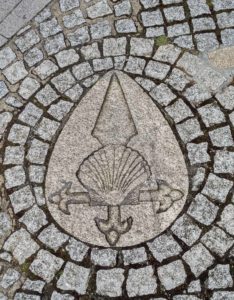
Plus, pilgrims also come in all age groups. Age breakdowns are:
- Under 30 – 28.5%
- 30-60 – 54.8 %
- Over 60 – 16.7%
Who Are You Traveling With?
I am traveling to Spain by myself. I did this consciously as I wanted to have a real pilgrim experience. Traveling on the Camino on my own will definitely bring up vulnerabilities and fears and the need to trust that it will all be okay and that I will always have what I need (including a place to stay)! It’s all part of the pilgrim (peregrina) experience – the gifts, the lessons and the personal / spiritual growth that the Camino brings to each person.
- DJ with new friends – a married couple who run a donativo refreshment stand. They met years before on the Camino!
However, traveling on my own doesn’t mean lonely. I will meet lots of great people all along the way – both locals and other pilgrims. As you walk the Camino and stay in the pilgrim hostels, you become part of the very welcoming and supportive pilgrim community. There may be many days where I will be walking some or much of the day on my own and other days where I will be walking with new pilgrim friends.
How Many Miles Will You Walk Each Day?
This is definitely the $64,000 question – who knows until you’re there actually walking. Pilgrims walk at all speeds as they fall into their “natural pace.” It’s good to remind ourselves that it’s a pilgrimage walk and not a race! I intend to walk at a leisurely enough pace to “enjoy the scenery,” “stay present” and to lessen the chance of injury (tendonitis) and blisters – the bane of all pilgrims!
I estimate I will be walking between 12-15 miles each day, averaging about 13-14 miles. This should take me approximately 5 hours each day, not including breaks for rest and lunch. I “guesstimate” that I will need around 18 days to complete my 227 miles. I also plan to include one decadent “rest day” somewhere in the middle unless my body demands more. It will be fascinating when I’m all done to see how my “actuals” compare with my “guestimates”!
One of the Camino books lists 5 weeks as a “graceful” pace for a pilgrim walking the “full” Camino Francés (776km = 482 miles). The timing allows for 22.2 km (13.8 miles)/day for 33 days with 2 rest days.
What is the Camino Route / Walking Path Like?
The ancient Camino pilgrimage route passes through a wide variety of beautiful scenery – both lush countryside and charming towns and villages and bigger cities. The middle part of the route (where I’ll be starting) is a long, flat “meseta” with very little shade from trees. Later on, I will be ascending 600 meters (1968 feet) up a mountain to the town of O’Cebreiro and back down again on the other side.
The “path” is well-marked with yellow arrows and the Camino shell symbol – as long as you pay attention! About three-quarters of the Camino is on gravel and dirt paths while the rest is on some type of paved surfaces (such as through the urban areas). It’s definitely not a wilderness walk. Pilgrims are usually never more than a couple hours from a town, café or shop. However, there may be occasional places with up to 4 hours of walking in open country.
Throughout this blog post, I am sharing photos that DJ took on her Camino showing the beauty and variety of the scenery. Sometimes you’re walking through wooded forests, occasionally along the sides of a busy road, or along fields of flowers or crops. In addition, pilgrims walk right through the center of busy towns or through quiet, cobblestone streets of small villages where we get to see everyday life in rural Spain. It sounds magnificent – I can’t wait!
How Heavy Will Your Backpack Be?
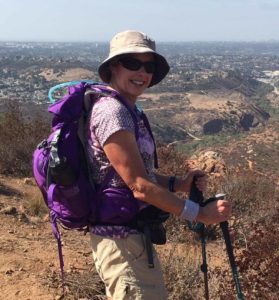
So, those items total 7 pounds, leaving around 8 pounds for my clothes, toiletries and essential gear! Pilgrims look critically at each item we bring – both its size and weight. Each ounce adds up! So, as you might guess, my SLR camera is staying home. My trusty iPhone 6 Plus will be my everything – camera, Internet, flashlight, storage of documents, etc.
Where Will You Sleep Each Night?
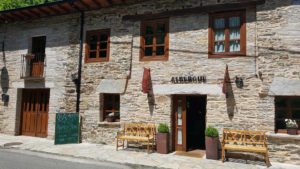
The accommodations are usually in bunk beds. However, one of the biggest variables is the size of the sleeping room! Apparently, it can be just one big sleeping room housing 50+ snoring pilgrims to hostels offering more rooms with smaller occupancy rates like 2 to 6 people per room. Some even offer a single or double room for a higher price.
The hostels come in a wide variety and are run by different entities – local municipalities, the local Catholic diocese (managed by the parish priest), a convent or monastery, Spanish pilgrim associations (confraternities), and many hostels now that are private. The average nightly fee, payable in cash only, runs between around 5-10 euros ($5-11 USD). Pretty reasonable, eh?!
Are You Booking Your Lodging Ahead?
It is generally not possible to book official pilgrim hostels in advance – so it’s first come, first serve. Hostels are usually ready around 1pm to welcome the new batch of pilgrims for that night. They generally close their doors and turn off the lights around 10pm. Most pilgrims take off pretty early in the morning so most hostels close for their daily cleaning around 8:30am.
This system actually offers pilgrims the wonderful benefit of allowing each day to unfold, letting your body and intuition tell you how far you should walk that day. I will start out each morning with an idea of what town I am planning to stop at for the night. But this “no reservations” flexibility allows me to stop early if I find a charming village or hostel that “calls to me” to stay – or perhaps go a little bit further.
What Facilities Do These Pilgrim Hostels Offer?
The facilities can vary widely but they all offer beds (usually bunk beds) with mattress and pillow. Pilgrims bring their own sleeping bag or sleep sack (in the summer). Many hostels provide blankets upon request – until they run out!
The bathrooms are usually shared by large numbers of pilgrims with some co-ed areas. Cold showers are supposedly a thing of the past – most now have hot water or at least lukewarm (if you’re at the end of a large showering group!). Most provide a kitchen with some basic utensils for those that might want to cook – not me! I’ll be eating out each night. And they all have a lounge where pilgrims can gather, relax and socialize.
Are There Other Lodging Options Besides Pilgrim Hostels?
Yes, with the Camino Francés being so popular these days, more and more accommodation options are coming online. If the hostels are full – or you just want a break from communal sleeping which I definitely will on occasion! – there are usually other lodging options in the area. They can range from simple guest houses, B&Bs and Casa Rurales, up to regular hotels where you will have your own nice private room and bathroom!
How Do You Wash Your Dirty Clothes?
Apparently, more and more of the pilgrim hostels are offering washing machines and sometimes even dryers (for a fee). Otherwise you wash your “quick dry” clothes in the sink and hang them outside on the hostel’s clothes line to dry. DJ told me she almost never had to hand wash her clothes – that there were washing machines in most of her hostels.
What About Food? Where Do You Eat?
Some pilgrim hostels (usually the private ones) may offer breakfast (or even dinner) for an additional cost. Otherwise, pilgrims make their way to the local café in town for their morning coffee (or tea) and a croissant or Danish. No big breakfasts here! Lunch is found along the Camino at local cafes as you pass through the different towns. DJ even ran across an occasional “food truck” in areas farther from a town.
For dinner, local restaurants serve a reasonably priced (9-10€) set menu for the pilgrims – “menu del peregrine.” It includes three courses – a starter (soup or salad), a main course (choice of 3 types of meat dishes), dessert and bread. It often includes wine or water. Sounds like this provides the needed sustenance, but is far from gourmet dining! The pilgrim meal is usually served “early” at 7pm (so we pilgrims can get home early for bed!) vs. Spain’s usual 9pm dining start time.
What About Drinking Water?
Luckily, the tap water in Spain is generally safe to drink. So, pilgrims fill up their water bottles at their hostel every morning. And, towns along the way usually have public fountains (with water safe to drink in most areas) where you can refill your water bottle! Of course, you can also buy bottled water.
How Safe Is The Camino? Are You Worried?
From all reports, the Camino offers a remarkably safe environment for its pilgrims – many whom are women walking alone like me. Incidents of theft are also rare but, of course, pick-pockets lurk everywhere, especially in larger towns and cities. I loved the pilgrim guidebook’s sensible advice – “Trust in God and tether your camel.” So, yes, I will use the same travel common sense I always do!
How Are You Getting to the Camino?
I am flying in and out of Madrid on international flights from San Diego. After spending a couple days in Madrid sightseeing (and recovering from jet lag), I’ll take the train up to Leon (only 2 ¼ hours) for one night. Then it’s a short train ride to Sahagun where I will spend one more night before beginning the Camino. At the end, I’ll take the train from Santiago de Compostela back to Madrid (5 hours) where I’ll hopefully have a few more sightseeing days before flying home – this is my “flex time.”
RESOURCES FOR THIS POST:
- “A Pilgrim’s Guide to the Camino de Santiago” by John Brierley (the “pilgrim’s bible!)
- Camino De Santiago – Practical Preparation and Background – by Gerald Kelly
- Photo Credit: all photos of the Camino by DJ King
Comments: Have you walked the Camino? When was it and how was your experience? If not, is this something you might want to do? What other FAQs should I add to the list?

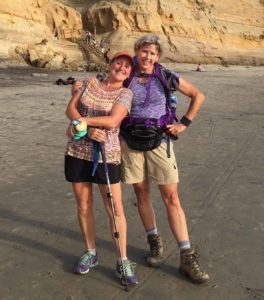
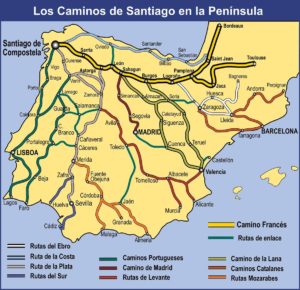
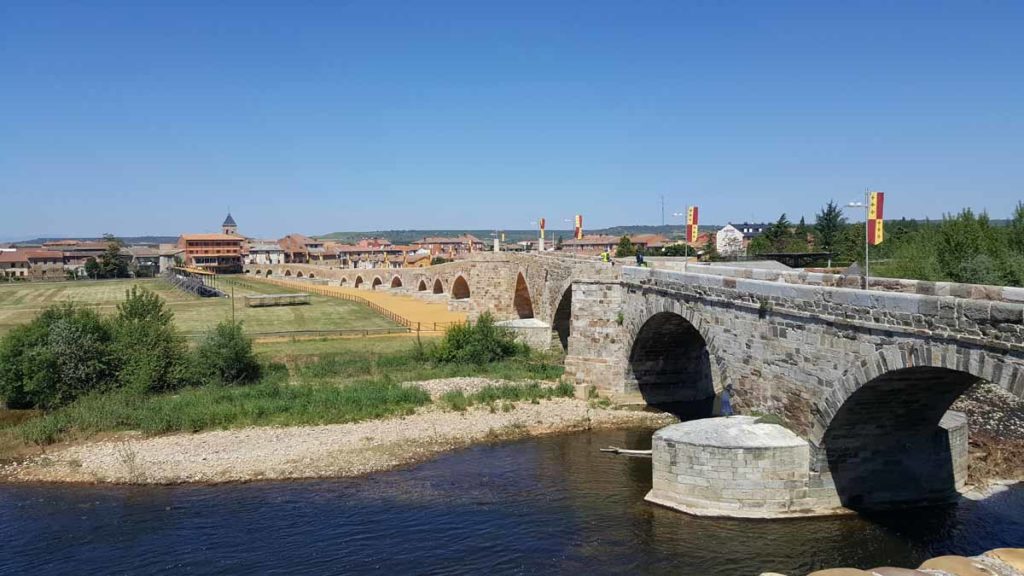
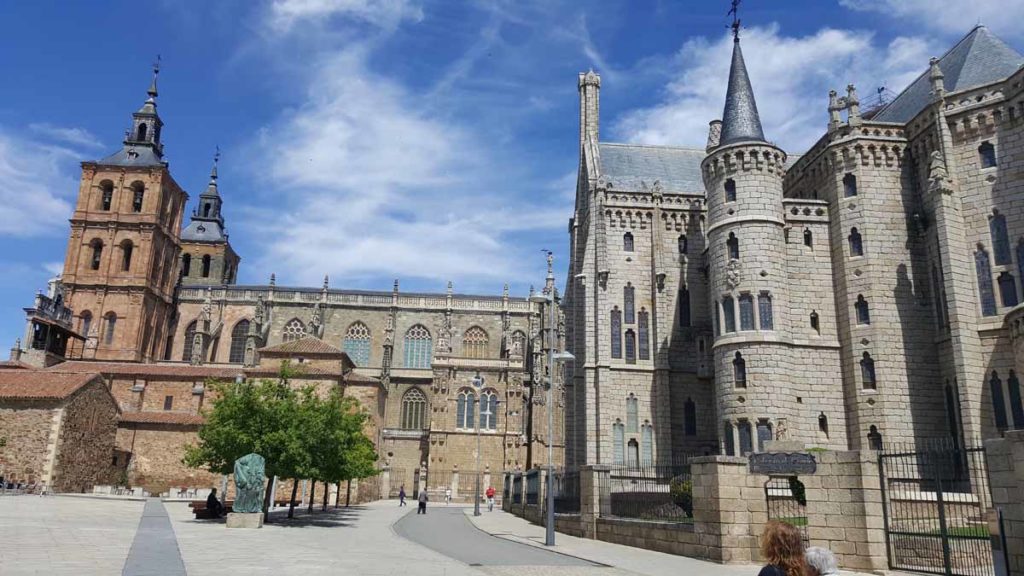
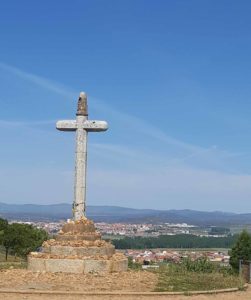
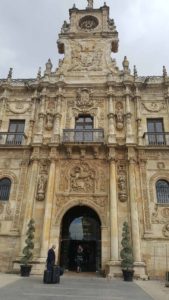
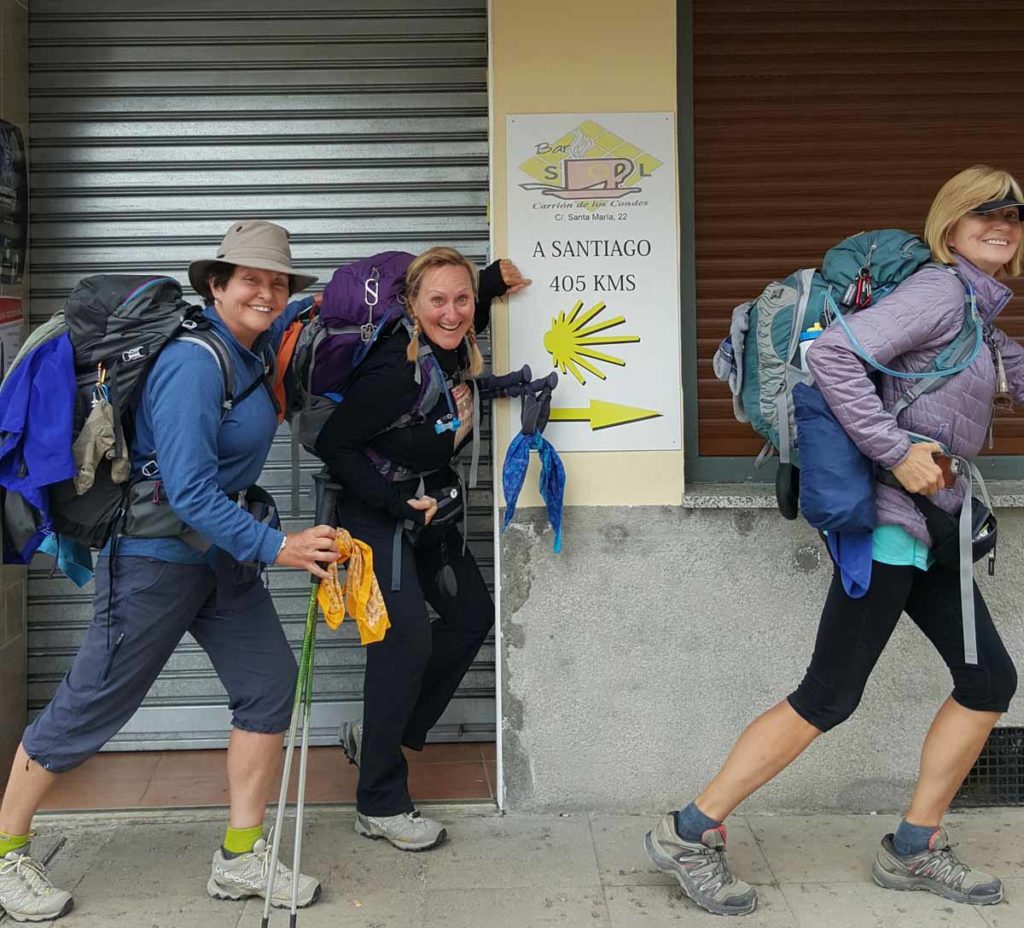
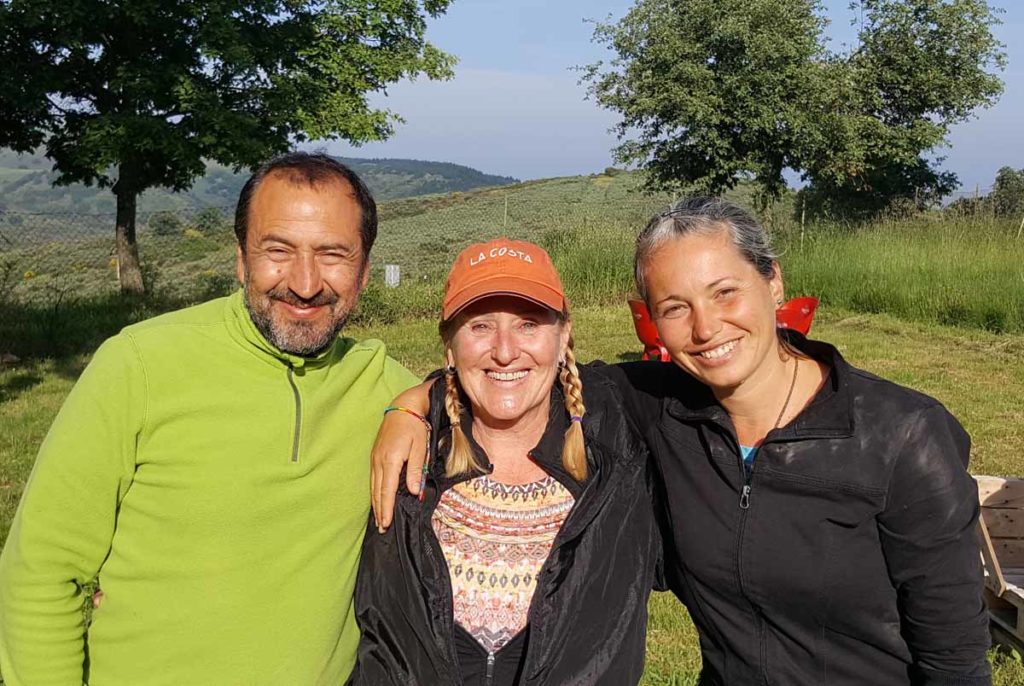
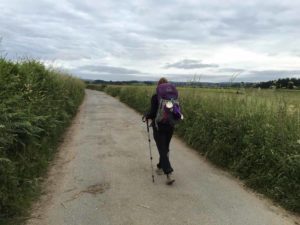
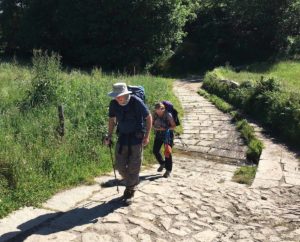
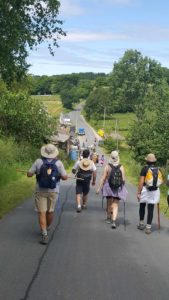
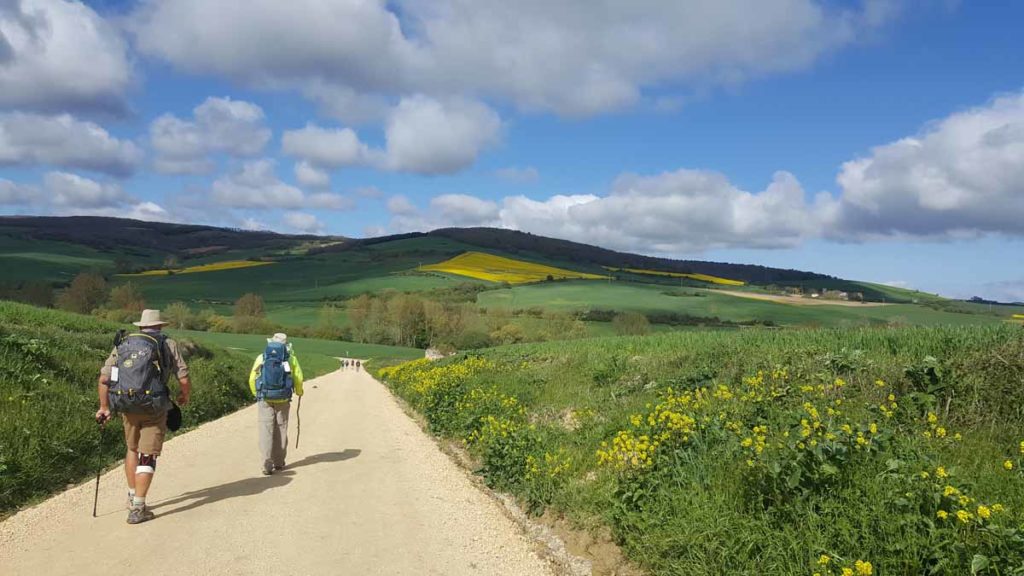
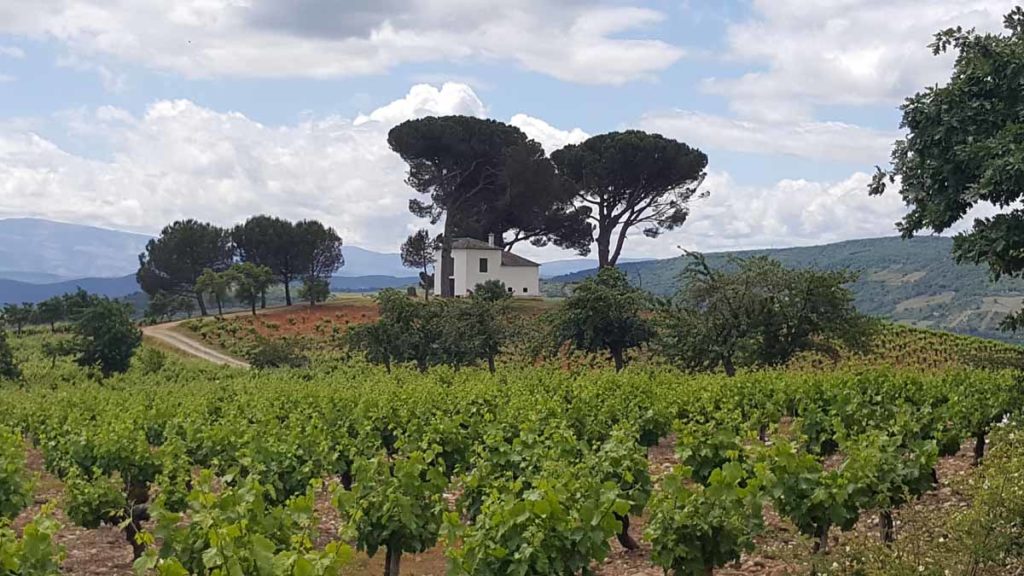
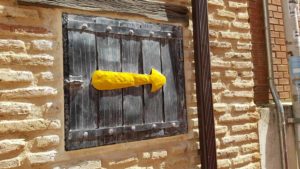
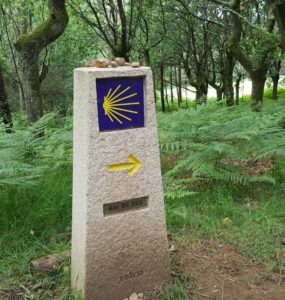
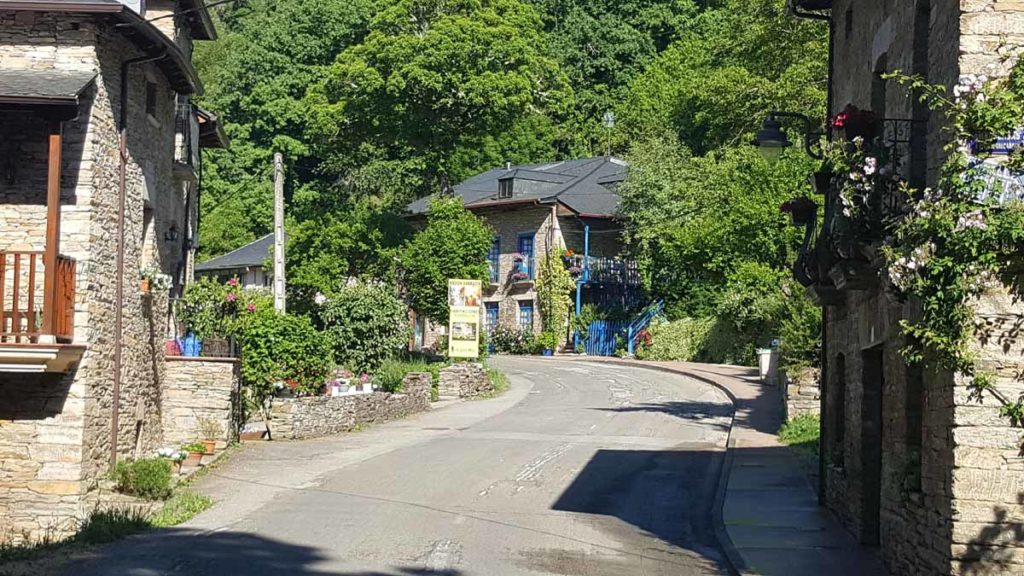
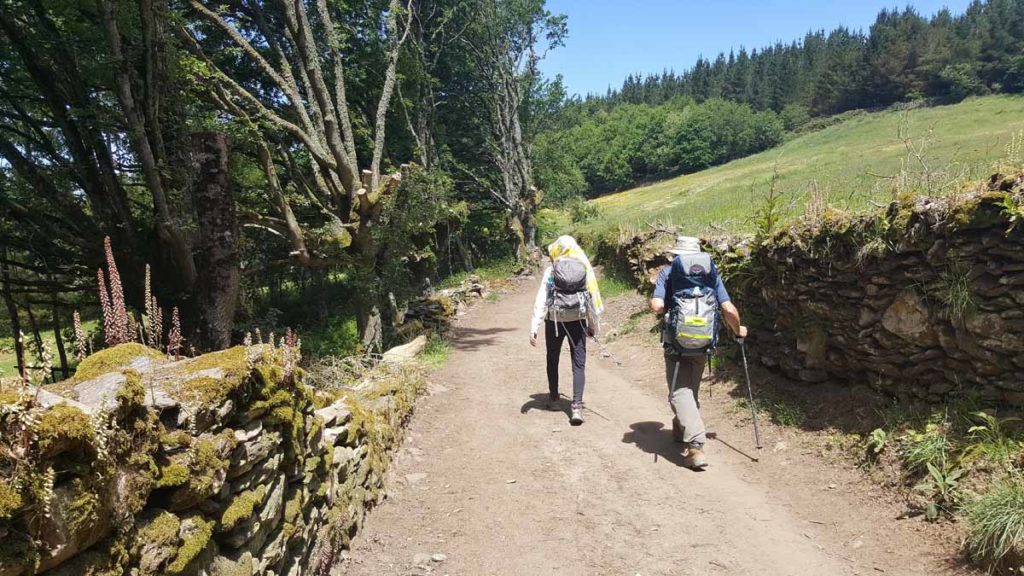
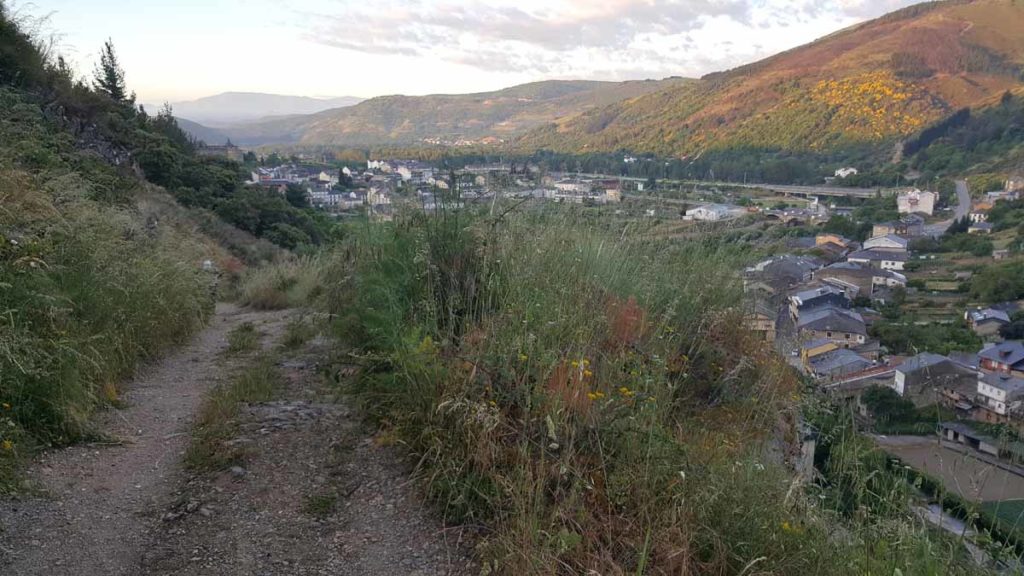
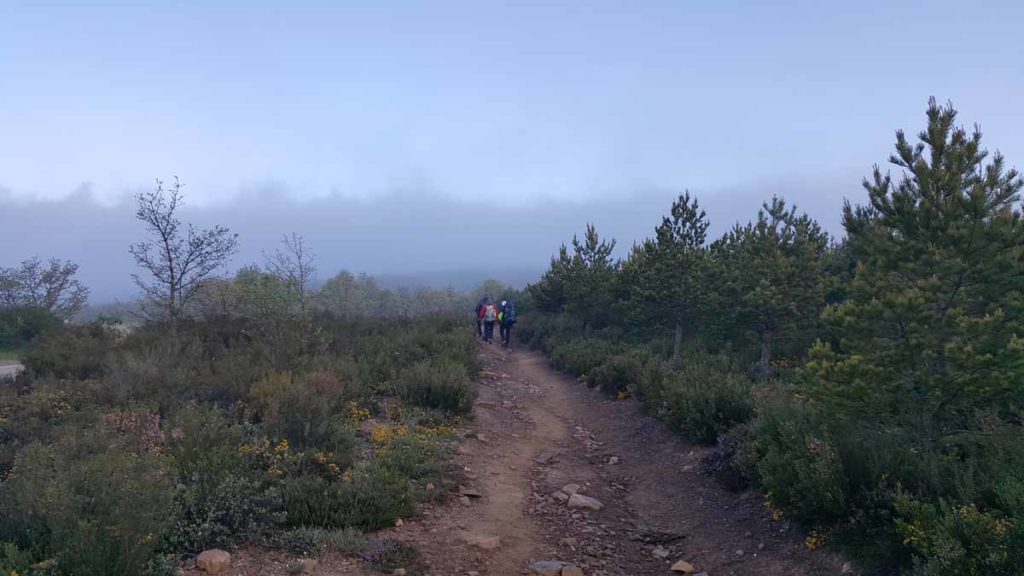
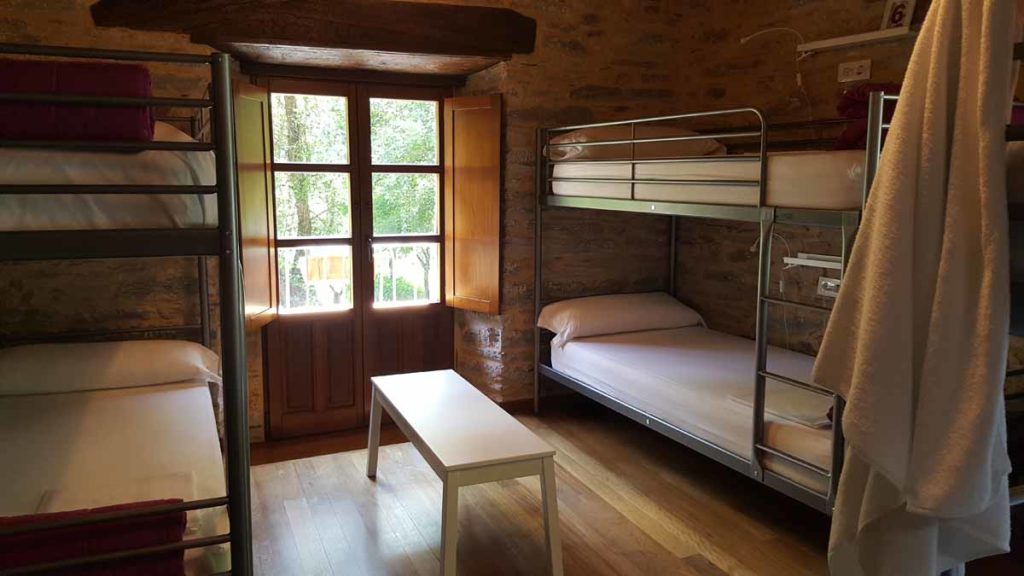
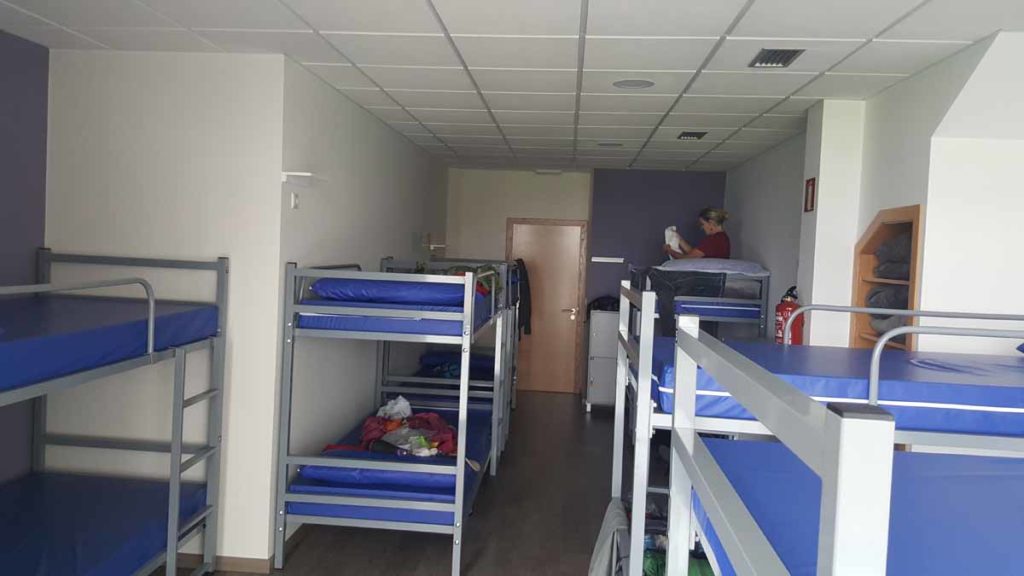
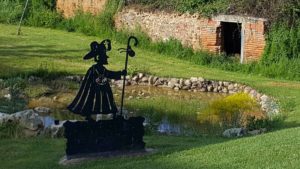
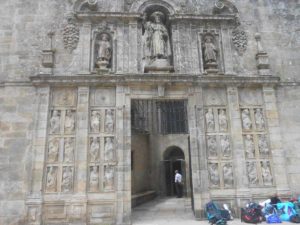
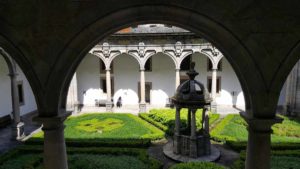
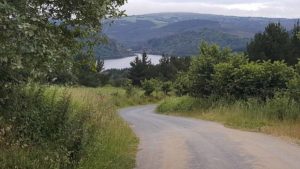
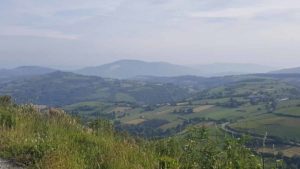
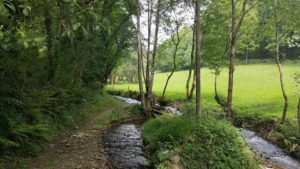
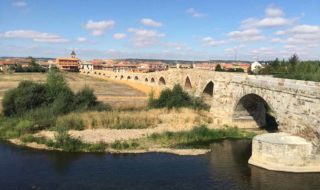
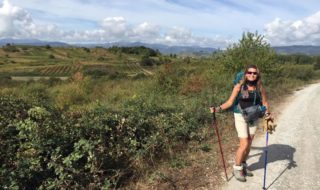
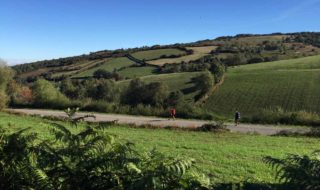
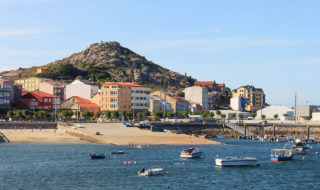
What an adventure, Janet! I’d love to do this someday. I’ll be interested in hearing about your experiences. Thanks so much for sharing in such a positive, helpful manner. If you happen to meet any female travelers older than you, please find out for me if and how they adjust the pace. I’m already 73 and even though I’m in excellent health, I don’t know about walking more than ten miles per day for weeks. I guess one could take a train from the nearest town back to Madrid at any point, right? Or are there shorter “set routes” in addition to the 200 and 500 mile routes?
Thanks, Pat. yes, I will definitely check out the age of the other walkers. Don´t know about other routes exactly but I know there are many ways to get to Santiago. Plus one can do any segment of the Camino. You can get a certifícate of completion if you do at least 100km.
You are such an inspiration! Wishing you a safe trip and a meaningful pilgrimage—a journey into your own heart as well as a wonderful adventure in Spain. Nice website!!!
Thanks so much, Janice. This is much appreciated.